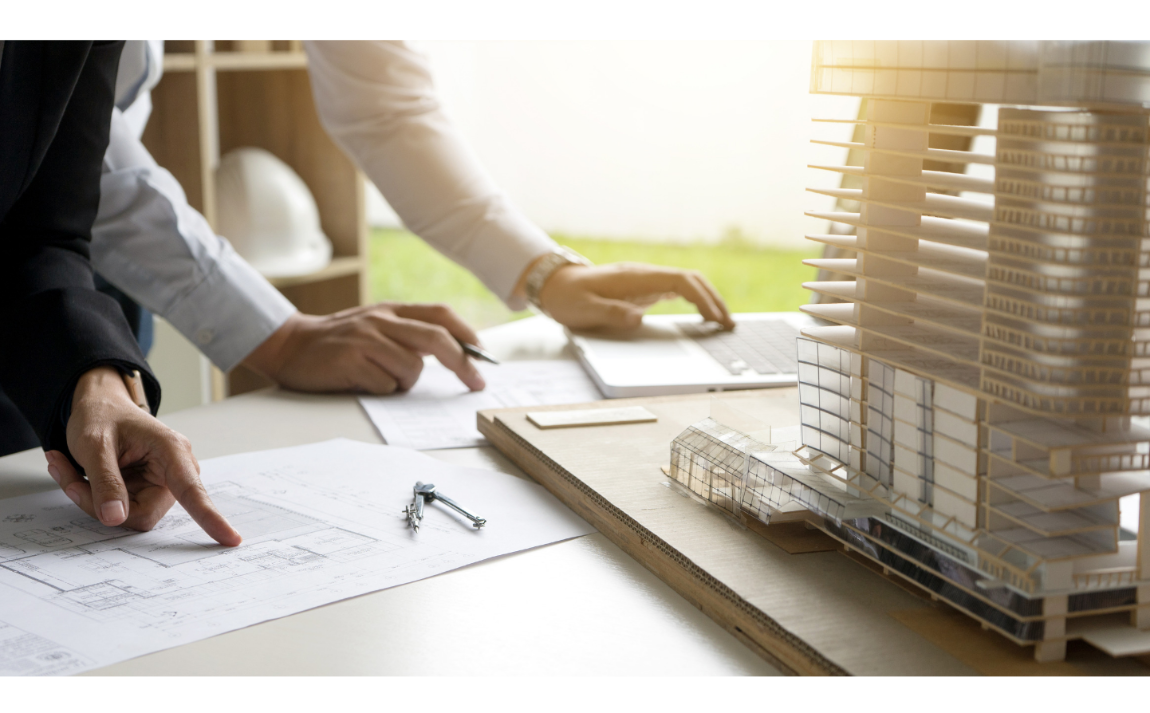- About Aginode
- Data Networks
- Telecom Infrastructure
- Products
-
Resources
- Resources
- Documentation
- Blog
-
Case Studies
- Overview
- Innoasis development in Norway
- Eemsdelta Campus
- Hotelschool The Hague
- Emergency covid hospital, Hong Kong
- Société du Grand Paris
- Centrin Datacentres
- Airbus
- Athens Historic City Hall
- Pinewood Studios
- Goethe University Frankfurt
- Denmark New University Hospital
- University of Toulouse
- CHM Maubeuge: a model for future-ready hospitals
- Webinars
- Software Tools
- Warranty
- Newsroom
- Search
- Contact us
- Compare
- Sign in
Office & Enterprise
How to plan for a Smart Building?


In previous blog posts we’ve established what makes a building intelligent and expanded on some of the benefits Intelligent Buildings can bring. But how do you plan and deploy an intelligent network inside your building?
The nervous system of an Intelligent building is essentially a network. A network that connects devices (actuators, switches, system controls and so on) with the intelligent software that acts based on received inputs. Today more and more systems run on, or are being adapted to, an Ethernet network rather than a proprietary system. But the network needs to support different systems, each with their own bandwidth and power requirements. Careful planning is therefore essential.
Smart Building network design
You have to plan for a maximum useful life of the enterprise network infrastructure. Technology upgrades of devices normally change every three to five years, where a building function and facility systems only change every ten years or more. So, the Building Internet of Things infrastructure must support these devices over a longer period of time – longer than might be traditionally considered.
In the past, it was clear where telecom outlets for each work area would be installed in the planning phase. Today, we also need to add service outlets for Intelligent Building Devices - and these devices could be located anywhere in the spaces they serve. Often, network designers won’t know how many devices or systems will be connected in any given area of an Intelligent Building ahead of time.
The standards recommend using a zone cabling architecture to prepare for these kinds of deployments. With such an architecture, Service Concentration Points (SCPs) can be created, each of which can support around 16 m2. To calculate the actual number of service outlets required ISO recommends a minimum of 8 devices per SCP and a maximum of 36. And these are on top of the standard telecommunication outlets that go into your work areas. In summary a zone cabling architecture like this will result in a high cabling density that goes into any area.
The standard uses a star-wired architecture with cables going from the Service Distributor to the SCP. As you start to deploy your service area devices you can run the service area cabling to the outlet or can directly attach it to a device. We recommend placing SCPs permanently, in accessible areas, in order to be able to install future service area cabling. Building SCPs onto temporary structures will make system planning, expansion and maintenance very difficult.
In a next blog post we will look at choosing the right cabling for some of these smart building applications.
Categories
Our websites
Select your country to find our products and solutions
-
Africa
- Africa
- Ghana
- Ivory Coast
- Morocco
- North West Africa
- Americas
- Asia
- Europe
- Oceania
